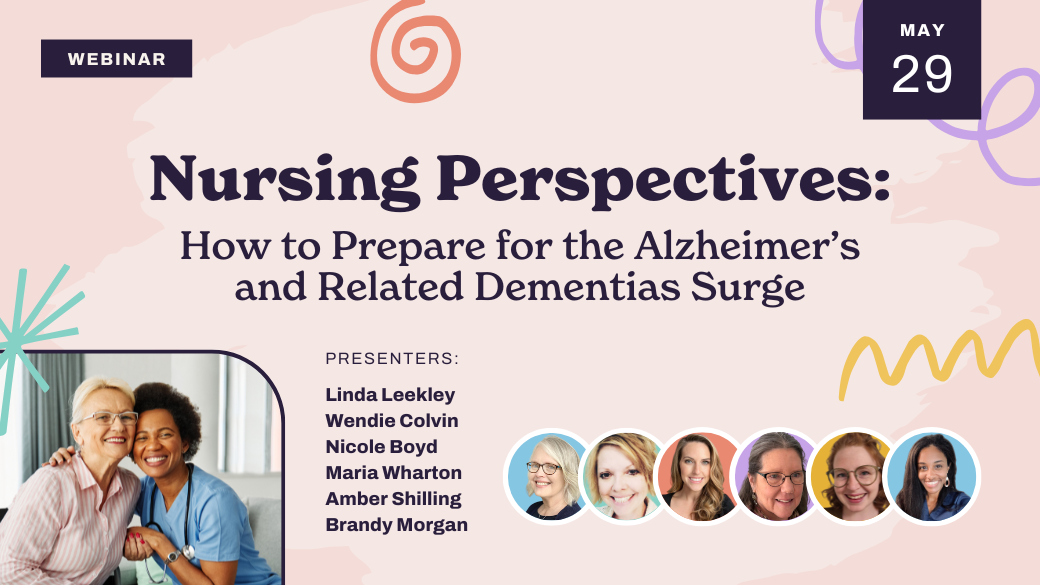Is Your Home Care Agency Focusing on the Five Social Determinants of Health?

Dozens of studies have shown that people who have satisfying relationships with family, friends and their community are happier, have fewer health problems, and live longer.
The term social determinants of health (SDOH) refers to any non-medical factors influencing health, including health-related knowledge, attitude, beliefs, or behaviors. Social determinants of health can also include larger communal factors including social disadvantage, risk exposure and social inequities.
Although the US spends more money on health care than any other nation in the world, we rank poorly on nearly every measure of health status. The pathway to better health as a nation does not completely depend on providing better health care.
According to Novuhealth, the three most important factors of overall health are personal behaviors, genetic predisposition and social determinants of health. Home care has the perfect opportunity to help the aging population manage their social determinants with non-medical care that takes place right in the home.
In most cases, social determinants of health have been broken up into six categories: 1)economic stability 2) education 3) community & social context 4) food 5) healthcare system and 6) neighborhood & physical environment. Home care providers can serve the aging population with five of these six categories. Here’s how.
Education – Caregivers serve clients with a wide variety of educational backgrounds. Some seniors may have received a formal education whereas others’ may not have. Education can take many forms, but informal ongoing education is where home care can keep the learning going.
Continuing education plays an important role in the attitude and behavior of a seniors’ daily life. Caregivers should encourage and strive to create an atmosphere of learning to help the client feel progression and empowerment. Caregivers can foster learning through books, movies, podcasts, community seminars, or local library events.
Community & Social Context – Many seniors feel isolated in their home, but don’t have the physical capabilities or confidence to get out in the community. Caregivers can help their clients socialize by taking them to community events, introducing them to neighbors or even just taking them for a walk around the neighborhood.
In regards to social health affecting mental and physical health, the Harvard Women’s Health Watch reported, “Dozens of studies have shown that people who have satisfying relationships with family, friends and their community are happier, have fewer health problems, and live longer.”
Food – Feeding America released a study this year titled “The State of Senior Hunger in America” reporting that 5.5 million seniors, age 60+, in the U.S. are food insecure. This number has been rising since 2007 and health professionals are starting to notice.
As a home care agency, training caregivers on how to address and treat food insecurity should be a priority. If you need a good place to get started, AARP has teamed up with the Food Research & Action Center to provide a free one-hour online course to address food insecurities among older adults.
Healthcare System – Your clients may have a negative perception of healthcare from past experiences that could affect their view on healthcare in general. As a home care provider, your team should strive to change the negative perceptions of healthcare by offering exceptional individualized care.
According to NovuHealth, healthcare literacy and familiarity acts as a mediator that leads to certain behaviors and medical illnesses. Seniors that understand and feel comfortable with their healthcare plans often time experience lower stress levels and see improved mental and physical health.
Neighborhood & Physical Environment – As seniors settle into a home for the remainder of their life, they may or may not be familiar with their neighborhood. Dry. Seppala, author of “The Happiness Track” and doctor of the Stanford Center for Compassion and Altruism Research wrote, “People who feel more connected to others have lower levels of anxiety and depression. Moreover, studies show they also have higher self-esteem, greater empathy for others, are more trusting and cooperative and, as a consequence, others are more open to trusting and cooperating with them.”
As your caregivers encourage social interaction and help your clients make friends, you’ll see improved mental, physical, social health and overall happier clients.
Micro & Macro Social Determinants of Health
Within these categories, we can identify what are called micro and macro determinants of health. Micro determinants of health are factors that take place in the direct physical surroundings of the individual and affect them physically, mentally or socially, whereas macro determinants of health are community-wide or nation-wide factors that affect populations of people physically, mentally or socially.
Home care has the chance to improve the micro determinants of health for seniors. As shown in the categories above, caregivers are in the home nearly every day and can improve the daily functions and moods of these seniors. When micro determinants improve on an individual level, over time it will impact the macro determinants for both the individual and the community.
Like all good things, improving social determinants of health can’t change overnight. Improving social determinants of health is a long-term solution for social health. That being said, now is the perfect time for home care providers to discover of the social determinants their clients are facing and begin strategizing and executing a plan to improve these determinants.
Striving for Healthier Days – Learn from Humana
Bruce Broussard, CEO of Humana, has said, ““As the US population ages, we need to support their needs as well as the nurses, physicians and caregivers who are providing direct services and care. Our focus on collective impact and addressing social determinants of health inside and outside of the clinical setting is leading us toward more healthy days.”
Humana is a great example of a nationwide organization that has realized the importance of identifying and building a strategy to combat these social determinants. Back in 2015 Humana created a Bold Goal Strategy to address the SDOH in their population. Their overall goal was to improve the health of its communities by 20% in 2020.
Humana is looking at the root causes of poor health. They’ve identified three roots: 1) tackling food insecurity 2) addressing loneliness and social isolation 3) improving transportation and are confronting them at a local level.
Now as an individual agency owner, franchisee, owner of multiple agencies, or president of a corporation of home care agencies, your strategy and execution will look differently in size and execution than Humana’s. However, as a home care professional your goal should also be to identify root causes affecting your clients’ social health and continue to strive to improve social health in your community.
Listening is Just the Beginning
As a home care agency, you should regularly monitor the social needs of your clients and make it a priority to arm yourselves with the proper tools to serve these needs. As your caregivers’ support and nurture the social determinants of your clients you’ll be improving the quality of life of the individual and the community. Martin Luther King Jr. said, “What affects one directly, affects all indirectly.”
Put in place the proper feedback loops to hear from your clients. Rarely will a client come out and tell the caregiver or an admin staff that they’re insecure about food or feeling socially isolated.
As a home care agency honest feedback is essential. To accurately tackle social determinants of health on an individual or local basis, agencies need to be aware of the honest feelings and needs of their clients. If you’re looking for client feedback surveys, visit our solutions page.
Join 67,909 home care professionals on our mailing list.
Get the latest updates from the blog and free resources to help you grow your home care business.









